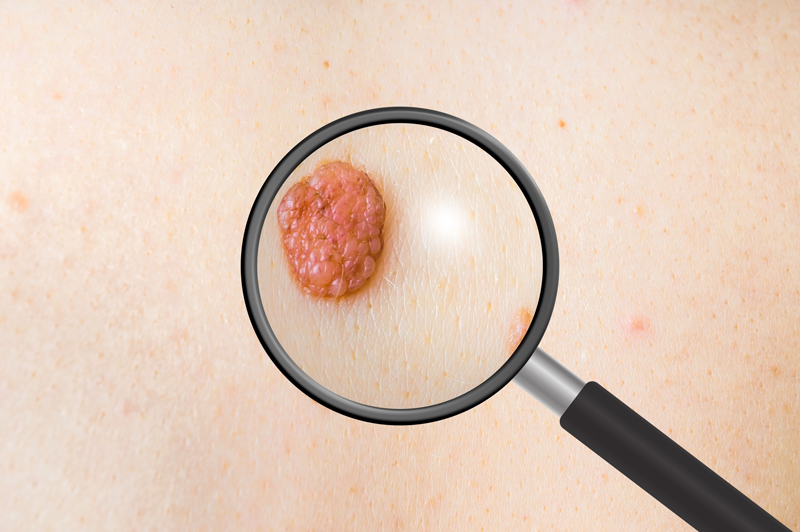Despite decades of public awareness, melanoma diagnoses are still occurring at epidemic rates. Researchers believe this is a combination of something good - melanoma awareness - and something bad: a continued rise in new melanoma cases.
Among skin cancers, melanoma is the deadliest. It affects people of all ages and is shockingly common among young people. It’s the leading cause of cancer death in women age 25 to 30. In all people age 15 to 29, melanoma is the second most-common cancer diagnosis, increasing by 50% since 1980 in women under 30.
Are you familiar with the signs of melanoma? Would you know if you had symptoms of it? Let’s take a closer look at how it affects your skin and body.
The ABCDEs of Melanoma
To spread the word about the spread of melanoma, The American Cancer Society created the ABCDE list of melanoma signs:
Asymmetry: Half of a mole or birthmark does not match the other half.
Border: Edges of a skin spot are irregular or patchy.
Color: Color irregularity may include shades of brown, black, pink, red, white, or blue.
Diameter: It’s larger than a pencil eraser, although some melanomas are small.
Evolving: The spot has changed in size, shape, or color over time.
Additional Signs and Symptoms
Of course, not all melanomas fit into the categories above. A melanoma can be tiny, skin-colored and perfectly round - something you might not really consider to be a threat. That’s why cancer experts also refer to the following list of additional signs:
- Any lump or bump, including moles, especially if it oozes, bleeds, or seems scaly
- A sore that doesn’t heal with time
- Redness or swelling that extends beyond a mole
- A sensation of itchiness or tenderness that doesn’t go away
- Blurry vision that could indicate melanoma in the eye.
But I Feel Fine...
One common misconception about cancer is that you’d know if you had it. Unfortunately, melanoma can be a silent killer. You can feel fine when you have it. You might not see any visible skin lesions, even as it spreads to your lymph nodes and body systems.
That’s why it’s important to also know some additional facts about melanoma:
Melanoma cuts across gender, age, and race. While the majority of new cases are in white men over the age of 50, nearly 1 million other people are living with melanoma in the U.S. New cases are on the rise among women of all ethnicities under age 30. The lifetime risk of getting melanoma is about 1 in 40 for Caucasians, 1 in 200 for Hispanics and 1 in 1,000 for African Americans.
Melanoma isn’t just skin cancer. You can develop it inside and out, on your eyes, nails, internal organs, deep within the mouth, even on the undersides of your feet and other places where you’ve rarely or never had sun exposure.
Eye tumors are primarily caused by melanoma. Ocular melanoma accounts for 2,000 new cases of eye tumors in the U.S. every year. These are often found during routine visits to the eye doctor.
And finally, the most important fact: You can’t rely on an at-home diagnosis because melanoma develops in unpredictable ways. Know the facts, do regular skin checks, and see a doctor for a total body evaluation.
Click here to connect with a physician at Johnson Memorial Health.

